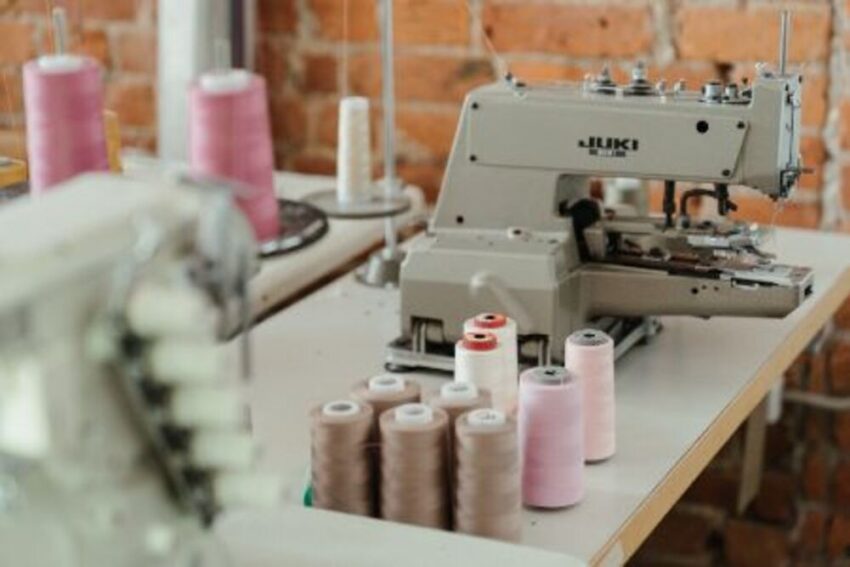Needle
A sewing machine’s needle is responsible for connecting threads together and stitching fabric, and must be selected accordingly in terms of both fabric and thread used, with proper screw-in fitting to prevent malfunction. Otherwise, its operation could become compromised.
The bobbin is the lower spool that stores thread for every stitch. Made of plastic or metal, its design allows it to either be dropped-in or front loaded; when dropped-in it bundles around thread from its spool pin at the top before drawing it upward through a second thread guide to meet with its needle.
Sewing machine needle numbering systems can be confusing, with both American and European labeling systems in use. But understanding the fundamentals of how your sewing machine operates will enable you to more easily troubleshoot any potential issues should any arise, making the hobby of sewing an enjoyable pastime rather than an onerous burden.
Sewing machine and embroidery machine for beginners, it is crucial that you familiarize yourself with its basic features – from power switch to presser foot – as soon as possible. Knowing how your machine operates inside and out will provide invaluable knowledge of its inner workings.
Start by testing your machine on double fabric such as calico or quilting cotton. Many machine stitches require joining two pieces of fabric together in order to bond their seams together, which requires two layers.
Spool
At the top of your sewing machine is the Spool Pin that holds the main spool of thread for top stitching in place, along with its cap that protects it. As you sew, this component ensures it doesn’t go flying off when sewing!
Your sewing machine requires a spool cap that fits securely around its pin. Choose one wider than your thread to prevent tangling when passing it through its guides on top of your machine.
Before threading begins, ensure your sewing machine is in safety mode by raising the presser foot lever with the handwheel and pressing its safety button – this will prevent accidental stitches being sewn through! When safe to do so, remove bobbin case then proceed with raising needle (this process varies between models; but typically follows these general steps).
Bobbin
A bobbin is the second spool of thread for your sewing machine and can be found in its small compartment below the needle.
Most sewing machines feature a spindle on which you can wind a new bobbin when your current one runs empty, often located to the right of the spool pin at the top of the machine and covered by a cap.
Once a bobbin has been wound, it should be placed into its small compartment under the needle. Most machines feature arrows to show you which way is correct so it unspools effectively.
The bobbin has its own internal mechanisms that work to ensure that bottom thread intersects with upper thread for stitching, keeping its thread from tangling or knotting up during use. It includes groove, scarf and eye mechanisms that work in unison to stop this from happening and has an adjustable thickness shaft depending on fabric type – read your manual closely for how best to do this!
Presser foot
Fabric passes underneath the needle foot when sewing. A lever usually exists behind or to one side of the presser foot which raises and lowers it for ease.
There are also other feet designed for specific tasks; the narrow hem foot has a curved area protruding from one side that you slot your fabric into to roll a narrow hem in one go, while walking feet are ideal for creating straight lines of stitching on heavier fabrics such as denim.
To start sewing, first lock the needle safety button (pictured below). Next, slide open the see-through bobbin cover latch to drop in your bobbin thread – this will connect it with the upper thread for strong machine stitches! When finished reverse sewing or use lock stitch button to prevent unraveling seams.

